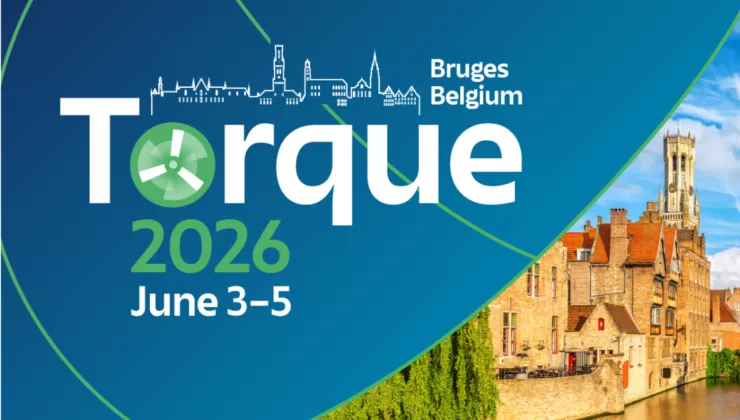NEPTUNE
The installed capacity of offshore wind farms is expected to increase in the coming decades to more than 200 GW by 2050. Moreover, new wind farms are increasingly being constructed at larger distances from the coast and produce more energy.
Conventional connections using AC cables at lower voltages (150 kV) are therefore no longer sufficient. In order to unlock the full potential of offshore wind farms, the implementation of new transmission technologies, such as high-voltage direct current (HVDC) is necessary.
The NEPTUNE project (North sea Energy Plan for the Transition to sUstainable wiNd Energy) focuses on three axes:
- Planning the rollout of the transmission network in a cost-effective and reliable manner,
- Providing reliable protection to prevent damage or power failure caused by mistakes,
- Monitoring the inverters in the grid to ensure a stable operation.
NEPTUNE develops theoretical concepts and prepares them for application in the industry. This way, the project supports the further rollout of offshore wind energy on the basis of HVDC technology. Moreover, it is the next logical step after the construction of the power outlet or ‘modular offshore grid’ in the North Sea by Elia.
In addition to new developments, the project also ensures the expansion of the necessary knowledge in the sector.
Partners: EnergyVille/KU Leuven
With the support of: the Energy Transition Fund
Contact: Stefaan Mensaert
Blue Cluster acts as an observer in the advisory board of this project.


